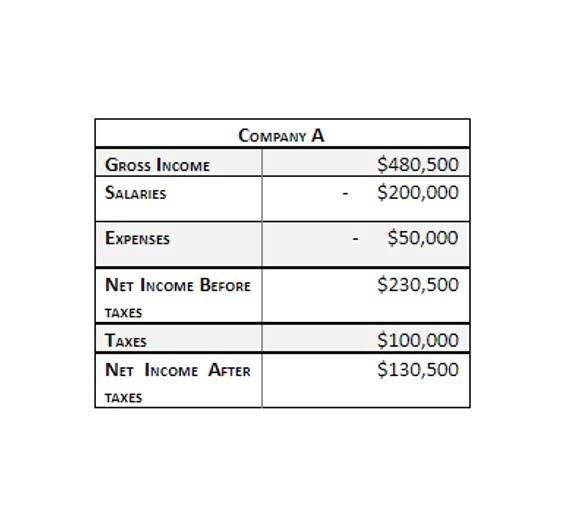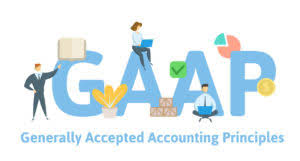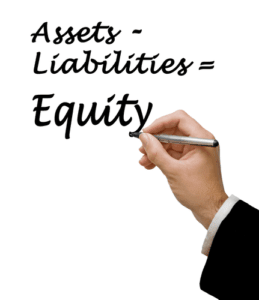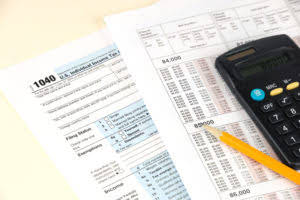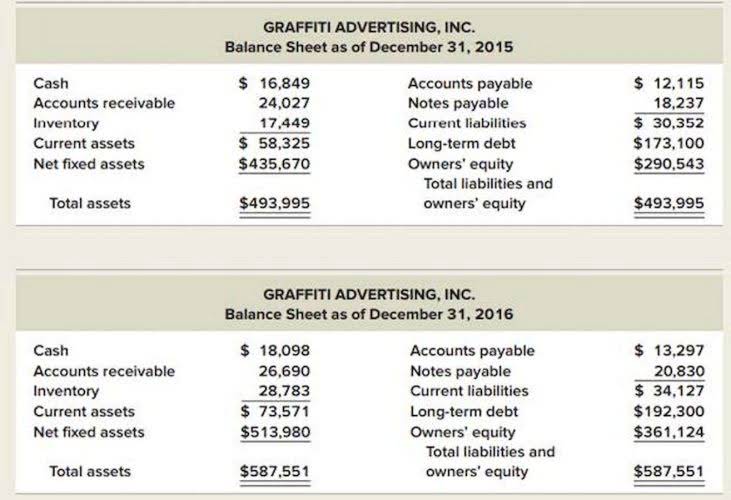Encumbrance: Definition, Example, and Types of Encumbrances
An encumbrance can prohibit students from registering for classes, affect the release of their transcripts, or delay the reception of their diplomas. Budget – These are the amounts that are allocated to a particular account or project to spend on planned activities. encumbered amount These include white papers, government data, original reporting, and interviews with industry experts. While not all businesses will need to utilize encumbrance accounting, there are significant benefits for those who choose to reserve funds. This section will explore some of the common obstacles that may arise during the implementation process and provide potential solutions to overcome them. By examining different perspectives, we can gain a comprehensive understanding of the complexities involved in adopting modified accrual accounting and how they can be effectively addressed.
Characteristics of an Encumbrance
- This naming makes more sense when you realize that encumbrance enables budgetary control by recording money that is allocated for future projects, preventing over-expenditure of a budget.
- Encumbrance accounting is also referred to as commitment accounting, which involves setting aside money ahead of time to meet anticipated expenses.
- A property encumbrance is used in real estate to place a specific limitation on a property.
- The encumbrance accounting entry is done for funds set aside for future expenses that are liable to be paid.
It’s important to note that encumbrance accounting follows the accrual basis of accounting, where expenses are recognized when the commitment is made, not when the actual payment is made. This ensures that the financial statements reflect a true and accurate picture of the organization’s obligations and commitments. The strategic use of encumbrances in public finance can also serve as a mechanism for controlling spending and enforcing budgetary constraints. By legally committing funds to certain expenditures, governments can limit the risk of overspending in other areas.
Grants.
- For example, a government entity may face challenges in assessing the availability of grants or other funding sources.
- By accounting for encumbered amounts, organizations can avoid the pitfall of double-counting resources, which can lead to budget deficits and financial strain.
- (9) $225,000 the second year is for the protecting livestock grant program for producers to support the installation of measures to prevent the transmission of avian influenza.
- Implementing the correct AP automation solution to automate your financial processes and ensure each encumbrance is accounted for without increasing your accountants’ manual workload is essential.
- It’s important to note that encumbrance accounting follows the accrual basis of accounting, where expenses are recognized when the commitment is made, not when the actual payment is made.
A downside of encumbrances is that they increase the complexity of government accounting to some extent. Encumbrance accounting primarily allows nonprofits and government organizations to record and monitor all future and planned expenses. Encumbrance accounting acts as a budgeting tool, resulting in more effective planning, allocating, and controlling their budgets. Purchase order encumbrances are most commonly used in government accounting, but any organization can use the principle for budgetary control. Using encumbrance entries can serve as a general planning tool and can predict cash outflow.
How Does Encumbrance Accounting Affect Budgeting and Financial Planning?
Placing the money in an encumbrance account tells city staff the money is committed to the sidewalk project and can’t be spent on anything else. The language of the proposed definitions for capital projects and debt service funds is revised to make them more consistent. The circumstances under which governments are required to report debt service funds also are clarified; these requirements already exist but have not been consistently applied. In addition, the statement of changes in fund balances documents the mix of funds received, a critical factor in the institution’s long-term financial mobility.
By making visible the amount of money you plan on spending in the future, you can more accurately see how much money you can spend on future projects or purchases without going over budget. Encumbrance journal entries and accounting are also sometimes called commitment accounting. This naming makes more sense when you realize that encumbrance enables budgetary control by recording money that is allocated for future projects, preventing over-expenditure of a budget. Harnessing the power of encumbrances can be a valuable tool for achieving financial stability. By implementing modified accrual accounting and effectively managing encumbrances, individuals and organizations can gain better control over their spending habits and ensure that funds are allocated appropriately.
During year-end closing, the encumbrance funds are either removed if the liabilities no longer exist or are carried on to the following year. Encumbrance is a critical concept in accounting and finance, representing legal restrictions or financial obligations that limit the use or transferability of assets. Whether through liens, mortgages, or other contractual agreements, encumbrances play a significant role in financial transactions and asset management.
Encumbrance accounting plays a vital role in financial management, providing organizations with the tools to effectively manage their budgets, track financial obligations, and make informed decisions. By creating encumbrances, organizations can set aside funds for specific expenses, allowing for better planning, control, and accountability. They ensure that funds are reserved for specific expenses, assisting in budget management and preventing overspending. By tracking encumbrances, organizations can effectively manage and control their financial resources, leading to better decision making and financial stability.
Business is Our Business
Internal Ecumbrances represent the commitment of funds generated by travel authorization documents and are coded with the balance type code IE. Open encumbrances record the amount to be reserved from the unencumbered balance that is remaining to honor the commitments. If you want to implement Encumbrance Accounting, you will need to allow Encumbrance Accounting and Budgetary Control for your ledger and business units. On the other hand, you would select to use Encumbrance Accounting, rather than Budgetary Control, if you wanted to report balances that account for the General Ledger’s requisition and purchase order responsibilities. Reserves for encumbrances represent funds allocated for outstanding purchase orders as of June 30.
Special Consideration: Use In Accounting
From the Setup and Maintenance work area, you can select your project, and then select the Enable Budgetary Control checkbox. If you want Budgetary Control to affect both projects and non-projects, you can choose to enable budgetary control for your ledger and project attributes by selecting the Ledger and Project option. If you are implementing Project Portfolio Management but only need Budgetary Control to affect transaction accounts, you can choose to enable budgetary control for your Ledger only. In urging the universal adoption of certain nonprofit accounting practices, we do not mean to praise the state of the art as a whole; in both theory and practice it leaves much to be desired. Little theory lies behind accounting for nonprofits, particularly government organizations.
Encumbered Amount is the total amount of committed but unsecured funds available in a business. It is calculated by subtracting liabilities, debt obligations and related cost from total assets. It is an important financial indicator as it shows how much liquidity there is to borrow or invest in new projects. Knowing the Encumbered Amount is essential for proper budgeting, risk management and overall financial stability. Implementing the correct AP automation solution to automate your financial processes and ensure each encumbrance is accounted for without increasing your accountants’ manual workload is essential.
Introduction to Encumbrances and Modified Accrual Accounting
If the borrower cannot repay the mortgage, the lender may foreclose, seizing the house as collateral and evicting the inhabitants. For example, if a PO is encumbered in fund for $100 in fiscal year 1 and the payment is made in fiscal year 2 for $120, then $100 will be charged and funded in year 1 and the $20 will be charged and funded in year 2. To record the encumbrance, you’ll need to complete the following encumbrance accounting processes by recording the following journal entries. At the beginning of the fiscal year, a portion of the budget is allocated specifically for office supplies. This allocation creates an encumbrance, as the funds are earmarked or “encumbered” for the purpose of purchasing office supplies and cannot be used for any other purpose without proper justification and approval.
A tax lien is a lien imposed by a government to force the payment of taxes; in the U.S., a federal tax lien trumps all other claims on a debtor’s assets. A mechanic’s lienis a claim on personal or real property the claimant has performed services on. The term encumbrance covers a wide range of financial and non-financial claims on a property by parties other than the title-holder. Property owners may be encumbered some from exercising full—that is, unencumbered—control over their property. However, the proposal would allow governments to determine whether to present the detail on the face of the balance sheet, in a separate note disclosure, or a combination of the two. The primary rationale for this option is to prevent the fund balance section from becoming so dense that it becomes harder to understand.
When an upcoming commitment or expenditure is identified, it will be posted to these accounts, serving to reserve the required funds until the purchase is complete. A property encumbrance is used in real estate to place a specific limitation on a property. Now that we have explored the limitations of encumbrance accounting, let’s conclude our discussion. These are just a few examples of the types of encumbrances that organizations may encounter. It’s important to note that the specific types of encumbrances can vary depending on the nature of the organization and its financial operations. However, according to GAAP, outstanding encumbrances in the year-end are not considered expenditures for the fiscal year.

